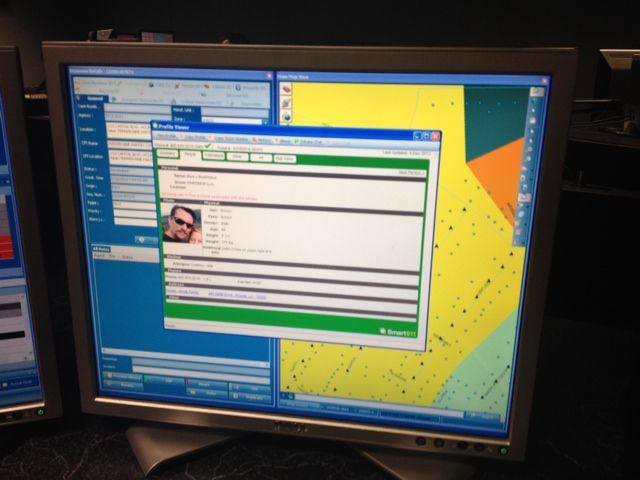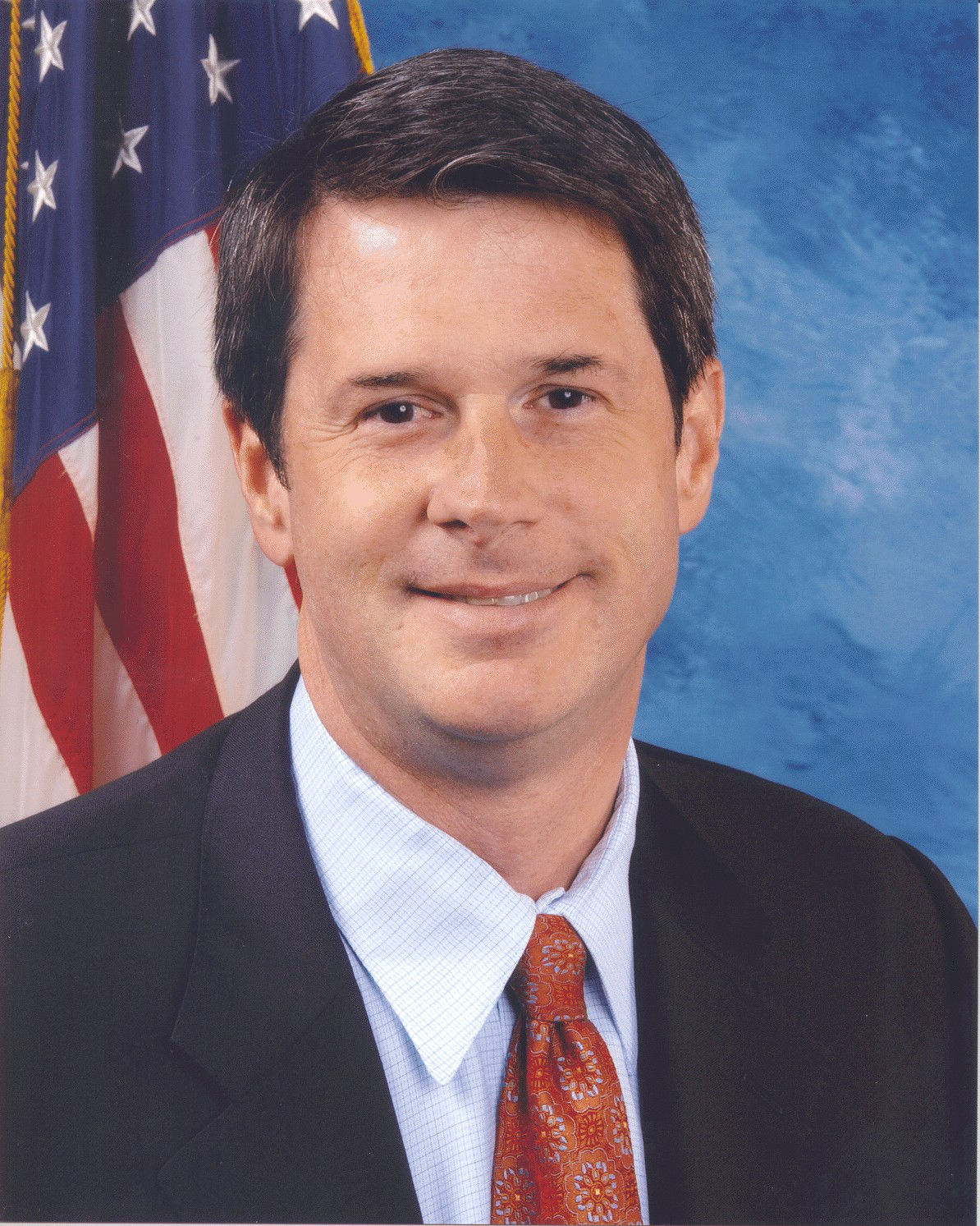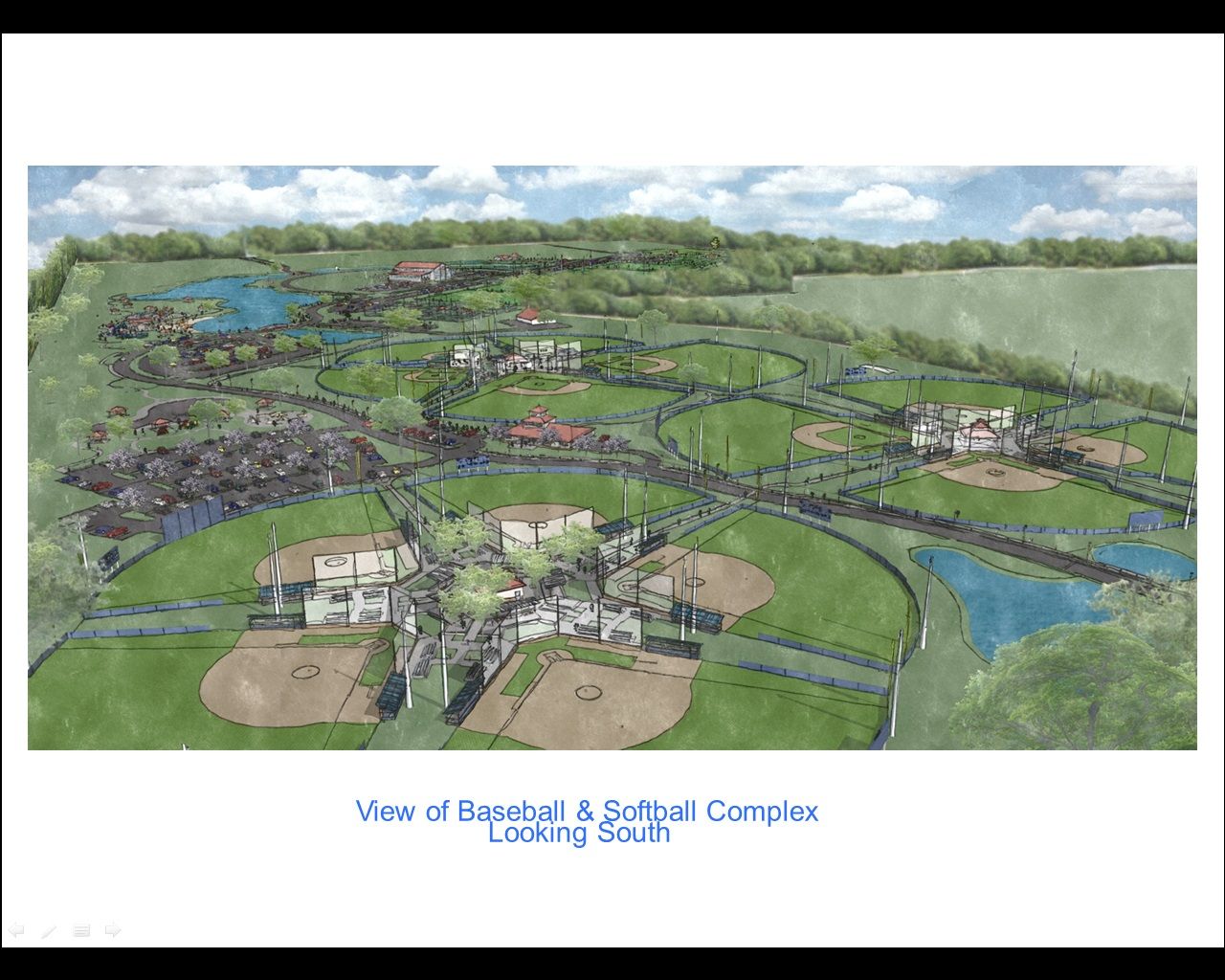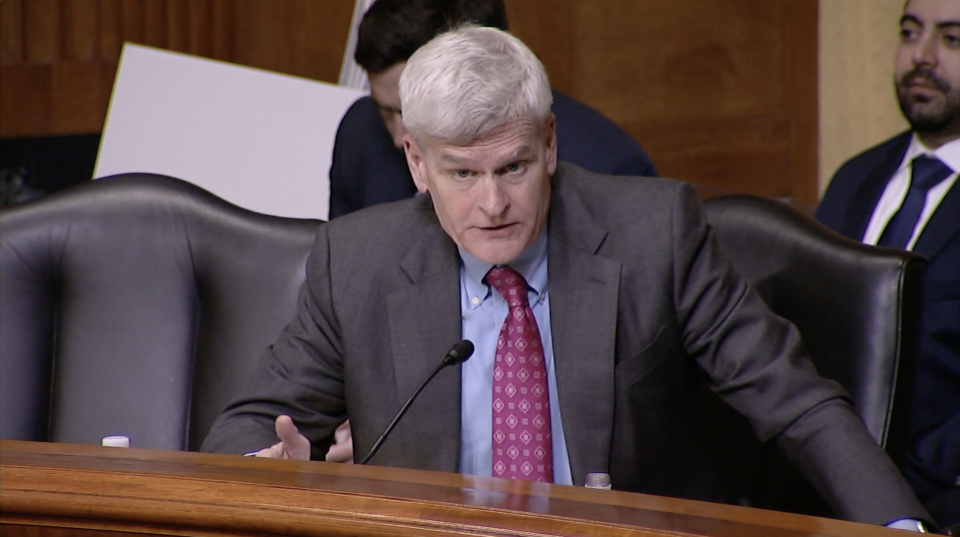
Smart 911 quickens emergency responses
August 5, 2014
Vitter addresses La.’s flood insurance policyholder gap
August 5, 2014If you build it, they will come.
That’s the philosophy of everyone involved with the construction infancy of the appropriately termed Field of Dreams project.
However, that dream is inching closer to becoming a reality daily.
The $24 million multi-sport park, officially called the Terrebonne Bayou Country Sports Park, will strive to bring first-class sporting venues, nationally renowned tournaments and even improved drainage to the parish.
Five softball fields, five baseball fields, four multi-purpose fields, 17 soccer fields, eight tennis courts, two dog parks, a splash park and a gym with basketball and volleyball courts are among the athletic amenities Terrebonne will soon sport in one consolidated area.
“For so long, we’ve had little else,” said senior planner of the project Chris Pulaski. “You look around you, there are kids skating in parking lots, there are bicyclists on major roadways. The baseball, softball and soccer complexes – everything’s just scattered about. There’s no consolidated, concise place that has everything.”
Pulaski said Phase 1-A of the multi-phase and multi-subset plans are slated to begin in mid-September, although the recreation district has already begun doing some work at the site of the 100-acre (and eventually the 140-acre) mammoth park.
He expects the softball fields to be ready for play in the spring of 2015. Other parts of Phase 1-A include drainage and infrastructure work.
“Unfortunately, a lot of the money in the first phases of construction have to go toward [infrastructure]. There’s no water. There’s no power. There’s no sewer, so we’ve got to bring all that stuff in. Plus, we’ve got to build softball fields…
“We want to get started in the fall so that we can get the sod down and get that grass growing all throughout the winter,” the senior planner said. “While that grass is growing in, future subphases of Phase 1, subphases B, C and D, will be going on out there – more drainage work, more earthwork. It’ll also include some hardscape elements like restrooms, a concession building, a sidewalk and dugouts around that softball complex. So finishing out that softball complex as well as completion of three full-size soccer fields, they’re expecting to have all of that ready in the fall of 2015.”
Pulaski estimates the first phase will cost the parish between $3-4 million.
The parish is still in the process of acquiring the funds necessary for the remainder of the project, but Pulaski says it is off to an exceptional start.
“We’re going to be looking to fund this thing in as many different ways as we can. We’d prefer to limit to parish’s [financial] input. They’ve already spent $2 million to buy the property. Most of the grants that we apply for and capital outlay from the state requires a 20 to 25 percent local match, so we’re trying to limit our contributions to that,” he said.
Pulaski noted the Terrebonne Parish Recreation District has saved $1 million for the project, and $2.6 million has already come out of the one percent parish hotel/motel tax increase, which voters approved last November and went into effect Jan. 1 of this year.
The senior planner said construction of the project in full will take between five and 10 years – although it will be operational on progressively larger scales until it is 100 percent completed.
“And, of course, the more time it takes, the more expensive projects seem to get,” he said. “Costs just go up. Fuel costs go up. Energy costs go up. Material costs go up. The longer you wait, the more costly these things seem to get.”
The parish hopes to make the money it spends on this project back and then some by attracting big-time tournaments across multiple sports to the complex. Pulaski said the hefty money-makers as far as tournaments go are softball, baseball and soccer, with softball dwarfing everything else in regional financial impact by almost two-to-one.
“The trick is to provide as much flexibility into your field layout as possible in any of the sports because that way when you go out hustling to attract these tournaments, you can demonstrate how you can accommodate their particular tournament requirements. It’s a very competitive area to be in,” the senior planner said.
Attracting these tournaments is something that Joey Pierce, communications director for the Houma Area Convention and Visitors Bureau, is very excited about. Pierce said he couldn’t estimate how many dollars the complex figures to pump into the Houma area economy, but he said the impact will be huge.
“Of course, there’s the immediate impact. For our locals there’s going to be this great park, and there’s going to be so many facilities that we can take advantage. But from a tourism and, somewhat, from an economic perspective, it means that we can lure things like softball tournaments and volleyball tournaments from around the state and around the country, potentially. That means they’re bringing in more visitors, bringing in more tax dollars to the hotels and people spending money in our restaurants and things of that nature,” Pierce said.
The positive financial impacts could be endless, he said. But so could the removal of potential huge negative financial impacts. There’s where the drainage part of the story comes in.
The plan is to use the park as a water retention area during large weather events such as 25-year, 50-year or even 100-year storms. Pulaski said the complex will double the capacity of the storm water drainage system for the watershead, and the Terrebonne Parish Planning Commission was very big on taking full advantage of this opportunity to help keep properties dry.
“That is one of their favorite features of this park,” said the senior planner. “They’ve seen what good storm water management can do and, unfortunately, sometimes what bad storm water management can do.”
Joseph Furr of the design firm for the complex – Joe Furr Design Studios – said the park happens to be in a naturally low area, which can flood during powerful storms.
“The water can come in there, and it can stay for a period of time while the rest of the water in the parish kind of subsides,” Furr said. “Then, we can release it. It allows us to use parts of the park as a regional retention area, which will improve the holding capacity for that part of town.”
But most rain events aren’t 25-, 50- or 100-year events. And Furr’s firm also took those smaller storms into account when it designed the park.
“We are designing the fields to be as rain tolerant as possible to prevent as many rainouts as possible. So what we’ve done is we have designed a sand-based system so that the grass is grown actually in sand rather than in heavier clay that doesn’t drain well. Then we have subsurface drainage below that so that the water drains down into come bigger pipes that basically wick the water away. It’s a high-performance athletic turf. It’s real grass, but it is designed so that drainage is impeccable,” Furr said.
Additionally there will be artificial turf around the edges of the grass to separate the natural grass from the infield skin – making tarping the fields easier, according to Furr.
“We’re using some modern technologies in sports field design to make sure that we have the best fields possible for the community. I think the layout of the complex, I think the technology is premier technology,” he said.
With any massive undertaking like this, there will always be public concerns regarding foreseen and even possible unforeseen consequences from such an endeavor.
Pulaski said parish planning and zoning officials have met with residents of nearby housing subdivisions to hear and address their concerns.
Scott Baudoin, president of The Lakes Subdivision Homeowners Association, a community slated to share a border with the complex, said the two biggest concerns of neighborhood homeowners are traffic and drainage.
Pulaski and Furr, of course, feel drainage will be improved. As for traffic concerns, Pulaski said the complex is designed to be accessed via La. Highway 311 and Valhi Boulevard. When the parish officially acquires the final 40 acres of the park, a second Valhi Boulevard access road will be added. The parish has already been awarded a federal grant from the Department of the Interior that it will use to buy the additional acreage.
“That access to Valhi is critical. I think it just makes for a much better park,” the senior planner said.
As for any possible noise complaints, Pulaski said the complex design made a strong attempt to keep the loud-noise sports in far proximity from nearby housing.
“We weren’t always able to do that, but where we couldn’t, we’re going to have buffers like earth and berms and landscaping. We’re going to have a combination of fenced areas and physical barriers like water features to help with security,” he said.
For more information on what will be included in the Terrebonne Bayou Country Sports Park, visit http://www.tpcg.org/?f=planning&p=community_park.
The Terrebonne Bayou Country Sports Park will include a gymnasium, baseball fields, softball fields, soccer fields, tennis courts, sand volleyball courts, a walking & biking path, a playground & splash pad, a skate park and a dog park.













